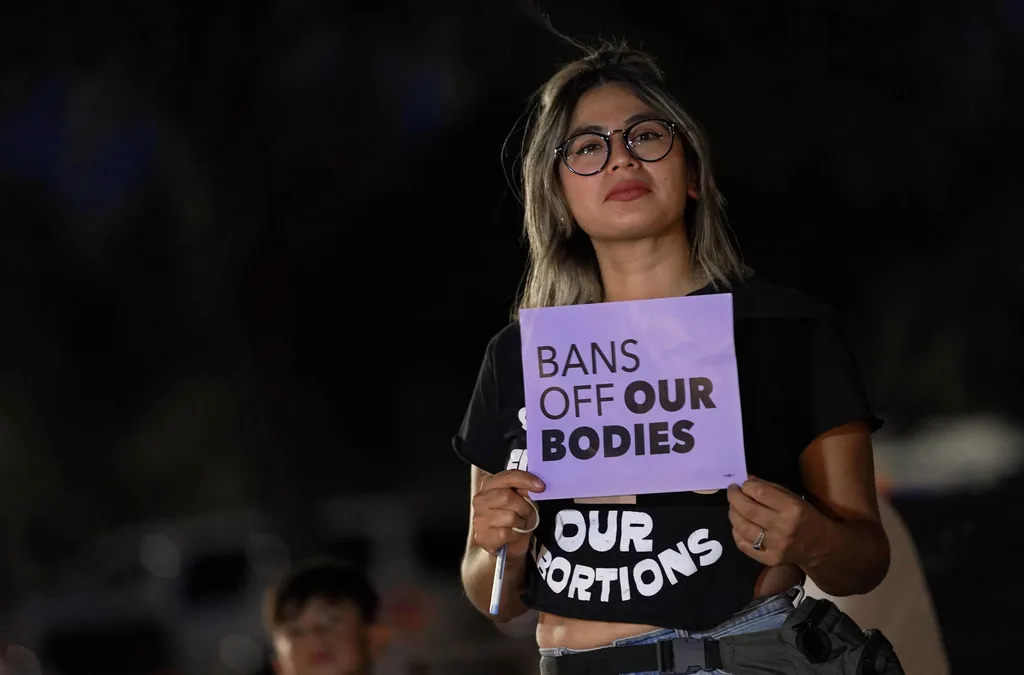
Credit: Getty Images Rana Hamid
11 ways you can be an ally in the fight against child abuse. April is Child Abuse Prevention Month.
In the United States, it is estimated that a child experiences abuse or neglect every 54 seconds, equating to nearly 1,600 children each day. Statistics show that younger children are at a greater risk of experiencing abuse- approximately half of child victims are under six years old with nearly 30% of that group being under two years old.
To further compound the horrendous nature of this public health crisis, in 77% of substantiated child abuse cases, the perpetrator was a parent or caregiver. However, the unfortunate reality is that we may never know the full extent of this social problem because due to varying factors, child abuse is often underreported.
For example, during the pandemic, children were required to stay home, therefore reducing their interactions with mandated reporters such as teachers, clergy, or physicians. In other situations, there can be confusion and hesitancy regarding the delineation between abuse and discipline as well as the fear that reporting abuse will lead to public embarrassment, judgment, and forced family separation.
During National Child Abuse Prevention Month, child welfare agencies and organizations place special emphasis on providing education to families and the communities at large to safeguard children and promote positive family engagement and well-being. In addition to the ongoing facilitation of trauma-informed art-based programs, this month Free Arts is supporting the fight against the maltreatment of children by offering several helpful strategies for child abuse prevention.
Here are 11 ways you can be part of the solution:
- Educate yourself. It is important to have a basic understanding of the different forms of maltreatment. Common types of child maltreatment include physical and sexual abuse, but emotional and psychological abuse and neglect are also forms of maltreatment.
However, it is important to note that the absence of resources due to poverty does not constitute neglect. Additionally, cultural norms and customs may also play a significant role in parent-child interactions.
Though some practices may be acceptable in one’s culture of origin, they may still be considered abuse according to local and federal laws and should be reported.
- Know the signs. Knowing the signs and symptoms associated with abuse is a critical element in preventing its continued occurrence or escalation. Some of these signs include:
- Malnourishment
- Poor hygiene
- Social withdrawal
- Chronic absenteeism in school
- Poor memory or concentration
- Bedwetting
- Regressive age-related behaviors
- Depression
- Difficulty sleeping
- Aggressive behavior
- Unexplained bruises or injuries, or the explanation given does not match the injury
- Fear of parental figures or other adults
- Failure to thrive
- Defensive marks or injuries
- Educate children on their rights. When children are educated on good and bad behavior and their rights as a child, they are more likely to self-disclose abuse and less likely to internalize the experience and think it is their fault.
- Get involved in your community. Meet your neighbors or other members of your community. Being active and present may help you to connect with vulnerable families who need your support.
- Be mindful in your discipline. It is common for parents or caregivers to discipline children amid their anger. However, doing so can lead to severe consequences. Discipline should be used as a learning opportunity for children rather than a circumstance for an adult to exert power and authority.
- Be an advocate. Advocating for family-friendly work environments, school programs, community-based activities, and neighborhood centers can help service organizations meet the needs of the families they serve.
The Center for Disease Control offers five additional recommendations to reduce and prevent child abuse and neglect:
- Strengthen economic support. Poverty and economic stress are known risk factors for abuse. Therefore, alleviating financial strains by referring families experiencing hardship to direct assistance or economic empowerment programs can help reduce adverse reactions caused or related to stress.
- Change social norms to support parents and positive parenting. There are societal beliefs around what good parenting is and what it looks like. When the public observes practices or behaviors that contradict that standard, judgment can be cast, and the parent or caregiver is assumed to be incapable.
This judgment often results in feelings of shame, guilt, and embarrassment which reduces the parent or caregiver’s motivation to seek help.
- Provide quality care and education early in life. The younger the child is, the more vulnerable they are to becoming victims of child abuse. By providing adequate learning opportunities early, parents and caregivers have a better chance of developing positive parenting skills.
- Enhance parenting skills to promote healthy child development. Parental or caregiver stress is common among many types of families. Without the right coping skills, support, or experience to navigate parenthood, parents can become increasingly overwhelmed. However, through positive connections, parents can develop a sense of belonging to a larger community of support and resources.
- Intervene to lessen harm and prevent future risk. We cannot always prevent abuse from occurring; therefore, we must rely on evidence-based programs and interventions to minimize escalation and disrupt the cycle of abuse in families.
For every risk factor that increases the likelihood that a child may experience abuse, there are protective factors that can be identified to mitigate those risks. Each caring adult who chooses to educate themselves and act in the best interest of a vulnerable child is a protective factor.
RELATED: Thousands of Arizona abuse victims find shelter with aid from federal funds
Collectively, our best strategy to combat the problem of child maltreatment is to increase our prevention efforts until no child is subjected to the trauma of abuse.
If you witness or suspect that abuse has or is occurring, contact your local law enforcement (City of Phoenix Non-Emergency – 602-262-6151) and the Arizona Child Abuse Hotline at 1-888-SOS-CHILD (1-888-767-2445).
You do not have to be certain of the abuse to report your observations or suspicions.
Politics

6 terrifying things that could happen if the Comstock Act is used to target abortion
Does 1873 sound like a really, really long time ago? Well, that’s because it is—but if Republicans and far-right anti-abortion activists have their...

He said what? 10 things to know about RFK Jr.
The Kennedy family has long been considered “Democratic royalty.” But Robert F. Kennedy, Jr.—son of Robert F. Kennedy, who was assassinated while...
Local News

Biden marks Earth Day by announcing $7 billion in solar grants
The Biden administration on Monday announced the recipients of its Solar For All Program, a $7 billion climate program that aims to lower energy...

Opinion: Don’t think Arizona abortion bans are harming women? Think again.
This is part TWO in a series on the increase in violence against women since the US Supreme Court overturned Roe v. Wade, and the future of abortion...






